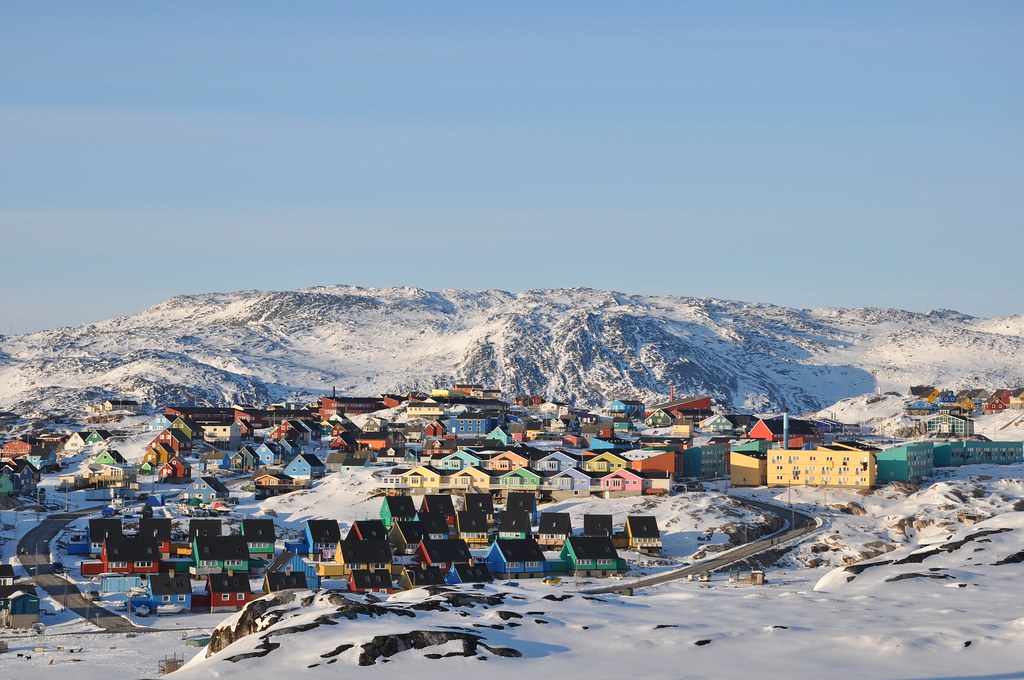
Indigenous Homemaking as Survivance: Homemaking as Cultural Resilience to the Effects of Colonisation and Assimilation. (INDHOME)
Creating a home is one of the most important things we humans do. In this project, we will explore the importance of the home, both its architecture, interior, activities and people, for cultural survival among Sami and Inuit in Norway, Sweden, Denmark and Greenland. We will examine how the housing and welfare policy pursued by the authorities contributed to the assimilation of indigenous peoples indirectly, by not taking sufficient account of indigenous peoples’ everyday lives and needs.
Although the various states have pursued different policies, our comparative perspective will give insight into how there are similarities regarding the housing and welfare policies that the Scandinavian states have pursued, and the effects of these politics. The most extreme example here is the burning of Finnmark and North Troms during World War II, where local communities were wiped out and rebuilt according to the principles of the Norwegian welfare state. Also in other local communities, Sami and Inuit have experienced that centralization, housing and welfare policy have contributed to deprive people of their traditional homes and make their culture invisible. Still, the culture did survive!
We also want to find out how people have managed to take care of their culture despite this, both in the past and present, by creating a home where their culture could survive. We will do qualitative interviews, observations, photo and document studies of homes and housing policy. Part of the project will also be external, where we through seminars, campaigns in social media and photo exhibitions will help to focus on the importance of the home for Indigenous peoples in their everyday lives. Through the project, we want to develop perspectives that can create resilience, hope and creativity for cultural survival on Indigenous peoples’ terms.
Å skape et hjem er noe av det mest grunnleggende vi mennesker gjør. I dette prosjektet skal vi undersøke betydningen av hjemmet for kulturell overlevelse blant samer og inuit i Norge, Sverige, Danmark og Grønland. Da ser vi på både arkitektur, interiør, aktiviteter og boformer. Vi skal også undersøke hvordan bolig- og velferdspolitikken myndighetene førte bidro til å assimilere urfolk indirekte, fordi det kanskje ikke ble tatt hensyn til urfolks hverdagsliv og behov.
Vi har et sammenliknende perspektiv der vi ser om det finnes likhetstrekk i hva slags bolig- og velferdspolitikk de ulike har ført, og effektene av denne. Det mest ekstreme eksempelet er det som skjedde i Finnmark og Nord-Troms under og like etter andre verdenskrig. Under krigen ble lokalsamfunn her fullstendig nedbrent og utslettet, for deretter å bli bygd opp igjen etter den norske velferdsstatens prinsipper. Også i andre lokalsamfunn har samer og inuit opplevd at sentralisering, bolig- og velferdspolitikk bidro til å frata folk deres tradisjonelle hjem og usynliggjøre deres kultur. Likevel overlevde kulturen!
Et formål med prosjektet er å finne ut av hvordan folk har klart å ta vare på sin kultur på tross av vanskeligheter, både i fortid og nåtid, gjennom å skape et hjem hvor deres kultur kunne overleve. Vi vil gjøre kvalitative intervjuer, observasjoner, foto- og dokumentstudier av hjem og boligpolitikk. En del av prosjektet vil også være utadrettet, hvor vi gjennom seminarer, kampanjer i sosiale medier og fotoutstilling vil bidra til å sette fokus på hjemmets betydning for urfolk i deres hverdag. Gjennom prosjektet ønsker vi å utvikle perspektiver som kan skape robusthet, håp og kreativitet for kulturell overlevelse på urfolks premisser.
Er du interessert i å bli intervjuet i prosjektet, ta kontakt med prosjektleder Astri Dankertsen: astri.dankertsen@nord.no
Are you interested in being interviewed in the project, please contact project leader Astri Dankertsen: astri.dankertsen@nord.no
